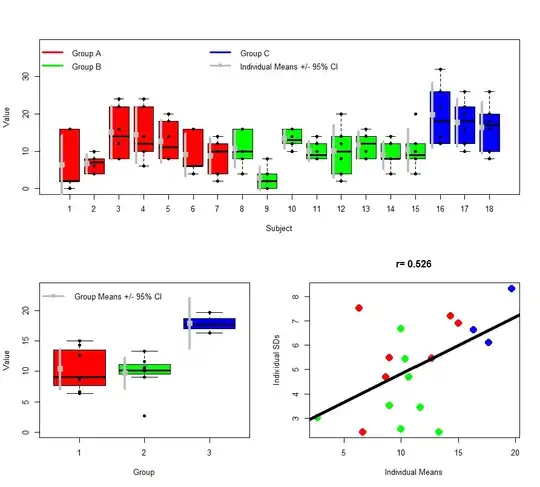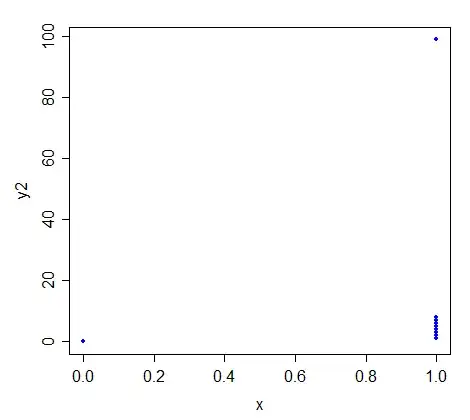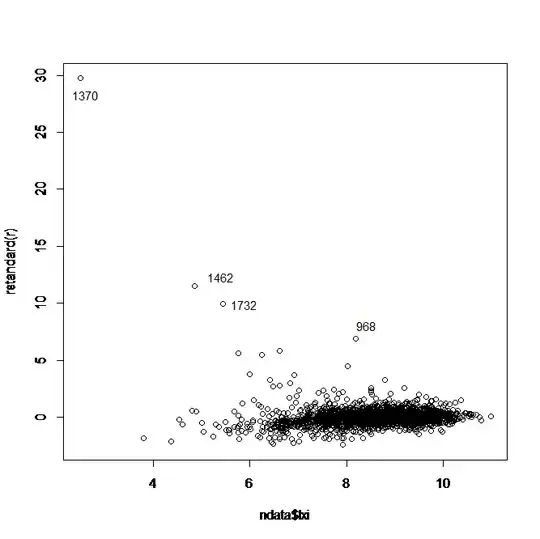I have the following question at hand.
Suppose $(x_1,y_1),(x_2,y_2),\cdots,(x_{10},y_{10})$ represents a set of bi-variate observations on $(X,Y)$ such that $x_2=x_3=\cdots =x_{10}\ne x_1.$ Under what conditions will the Least Square Regression line of $Y$ on $X$ be identical to the Least Absolute Deviation line?
I know that say we want to find $\hat{\alpha}$ and $\hat\beta$ such that $Y=\hat\alpha+\hat\beta X$; the LSQ method will give $$\hat\beta={\sum\limits_{i=1}^{10} (x_i-\bar x)y_i\over \sum\limits_{i=1}^{10}(x_i-\bar x)x_i}$$ and hence $\hat\alpha$. Can someone help me proceed?


